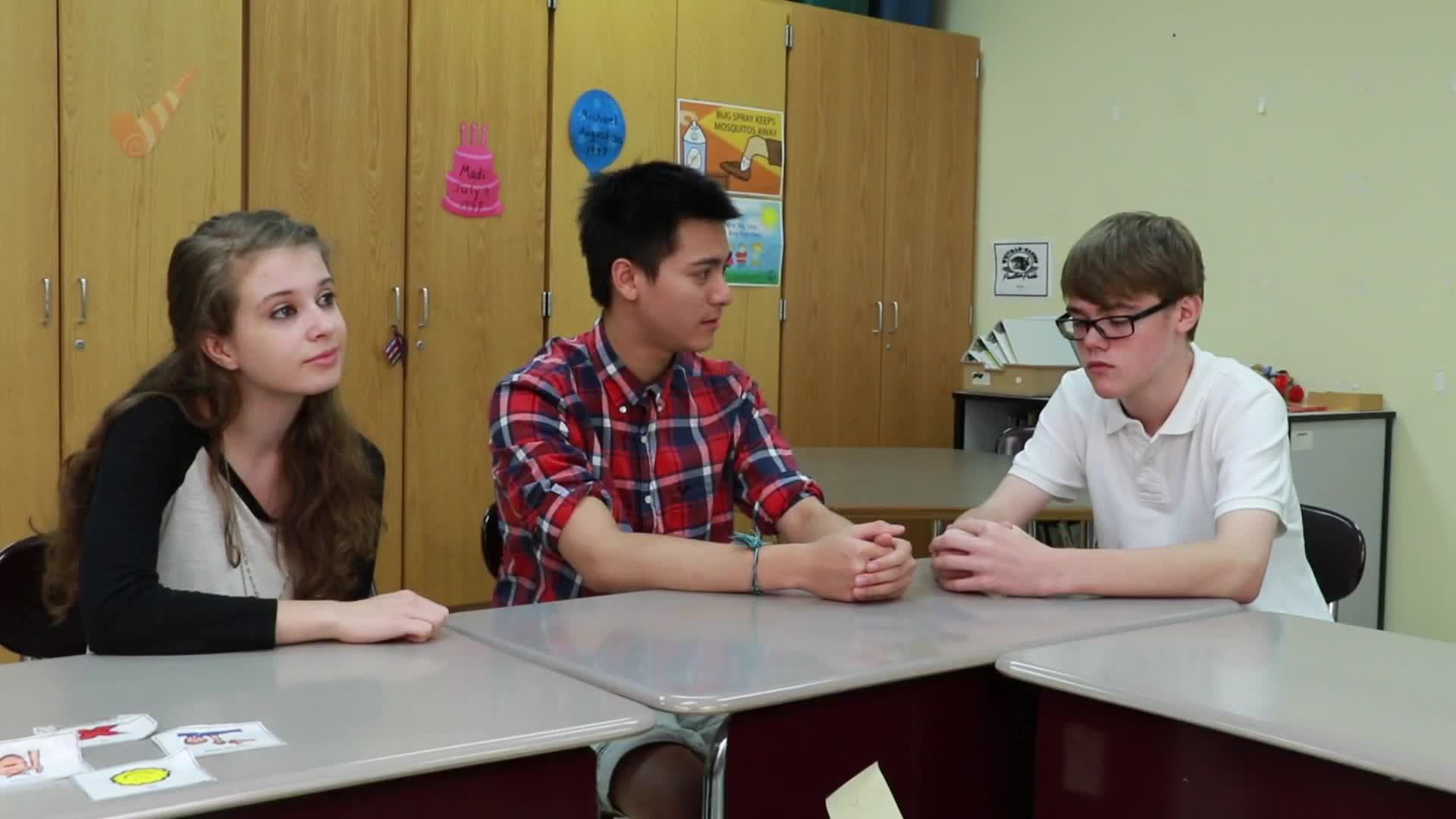
Introduction
Our facial expressions and tone of voice play a crucial role in how we communicate our feelings to others. When these nonverbal cues align with the words we say, our message becomes clear and effective. However, when there’s a mismatch between our body language and verbal communication, it can lead to confusion and misinterpretation. This blog post will explore the importance of matching facial expressions and tone of voice with our words and provide an engaging activity for educators to use in the classroom.
No-Prep Activity: Emotion Charades
Emotion Charades is a simple, no-prep activity that helps students understand the impact of facial expressions and tone of voice on communication. Here’s how it works:
- Divide the class into small groups or pairs.
- Ask one student to think of a feeling or emotion (e.g., happy, sad, angry, confused).
- The student should then communicate the chosen emotion using only their facial expressions and tone of voice while saying a neutral phrase, such as “I’m reading a book.”
- The other students in the group should try to guess the emotion being conveyed.
- Rotate turns among students so that everyone gets a chance to practice both conveying and interpreting emotions.
This activity encourages students to be more aware of their nonverbal cues and helps them understand the importance of aligning their body language with their words for effective communication.
Discussion Questions
- Why is it important to match our facial expressions and tone of voice with our words when communicating?
- Can you think of a situation where someone’s body language and words didn’t match? How did it affect your understanding of their message?
- How can we improve our ability to read others’ facial expressions and tone of voice?
- How can being aware of our own body language help us in social situations?
- What challenges might someone face if they struggle with interpreting facial expressions and tone of voice?
Related Skills
Developing strong communication skills is essential for students’ social-emotional learning. In addition to understanding the impact of facial expressions and tone of voice, other related skills include:
- Active listening
- Empathy
- Nonverbal communication
- Conflict resolution
- Assertiveness
By teaching students these skills, educators can help them navigate social situations more effectively and build healthy relationships with their peers.
Next Steps
Are you interested in exploring more activities and resources to help your students develop effective communication skills? Sign up for free sample materials at Everyday Speech to access a wealth of resources designed to support social-emotional learning in the classroom. Don’t miss this opportunity to enhance your students’ communication skills and help them build strong social connections.

